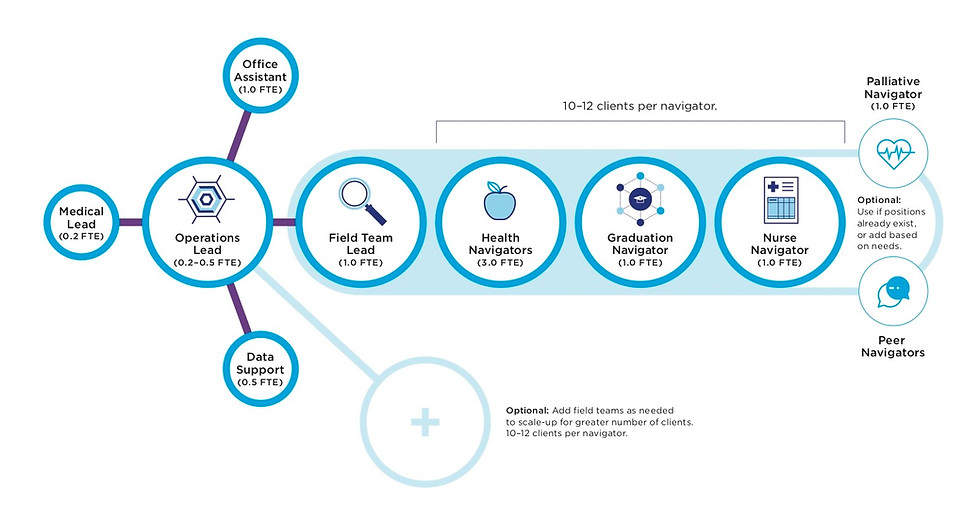Homeless patient admissions cost $2559 more than housed patient admissions
45% of medically complex homeless individuals have a primary care physician compared with 94% of the general population
Only 32% of homeless individuals are expected to survive until age 75
Although homeless and vulnerably housed Calgarians are frequently medically complex, many of these individuals fail to connect with community resources that will help them manage their conditions. Instead, many members of this population choose to show up to acute care centres, where they receive only temporary fixes for chronic conditions, leading to recurrent visits, lower quality of care, and increased burden on emergency department workers.


History
In 2015, powered by a grant from Green Shield Canada, Alberta Health Services and CUPS joined together to create a team of nurses that specialised in providing care to homeless and vulnerably housed Albertans. The goal: to connect frequent acute care users to community services, in the hopes of improving their health outcomes and lowering their acute care usage.
In 2016, CUPS and the University of Calgary’s Cumming School of Medicine received funding from Alberta Innovates to pursue an expansion and enrichment of the C2C program. While the C2C team would be able to mobilise to all Calgarian hospitals, the University of Calgary would be able to gain insight into the medical habits of this complicated population.
About the Team
Medical and community services can be overwhelming to medically complex individuals, who may have had negative experiences from previous encounters with medical professionals. To help guide clients, C2C relies on a team of health navigators—non-clinicians who have experience working with vulnerable populations. Navigators, along with nurses and palliative care workers, provide an interdisciplinary approach to care for homeless and vulnerably housed Calgarians.

